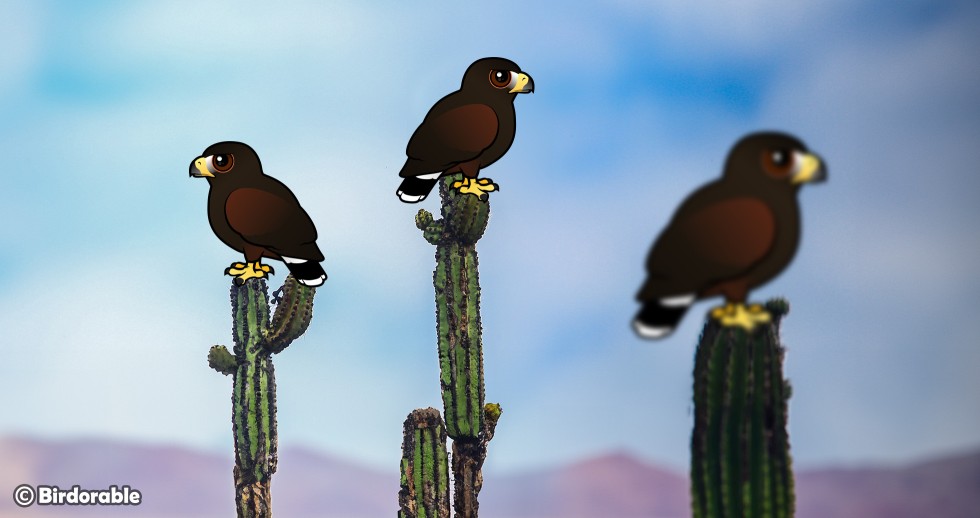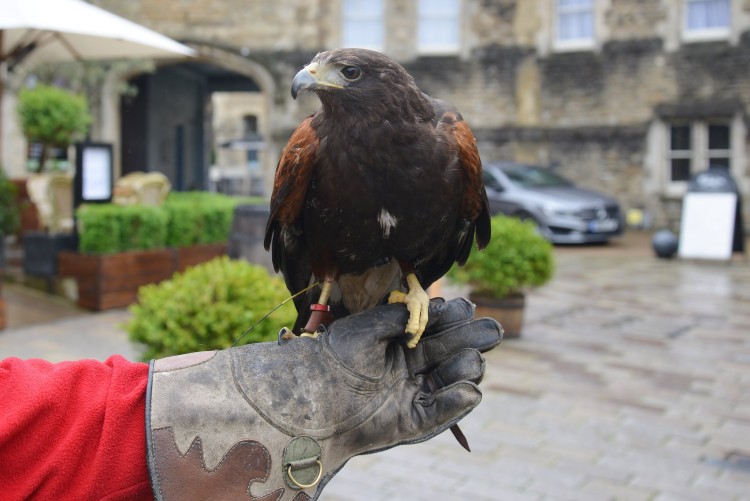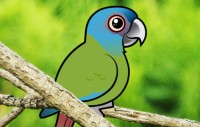From Desert Skies to Urban Allies: The Harris Hawk's Journey

The Harris Hawk stands out not just for its striking appearance but for its unique social behavior, especially in the world of raptors. Thriving in the diverse landscapes from the southwestern United States down to Chile and central Argentina, these birds have adapted remarkably to their environments.
One of the most intriguing aspects of the Harris Hawk's life is its communal hunting strategy. Unlike the solitary hunting tactics common to most raptors, Harris Hawks have developed a cooperative method, hunting in groups ranging from two to six. This behavior is particularly adapted to their desert habitats, where the collective effort allows them to take down larger prey such as hares, which might be too challenging for a lone hawk. This teamwork not only highlights their intelligence but also their adaptability to harsh environments.
The Harris Hawk's social structure is a rarity among birds of prey. These group dynamics extend beyond hunting, as they also share responsibilities in nesting and raising their young. This level of cooperation is a fascinating departure from the more commonly observed competitive nature in the wild, offering valuable insights into the evolutionary benefits of social structures among birds.
Their remarkable nature extends into the world of falconry, where the Harris Hawk is highly valued for its easy-going temperament. Their willingness to work alongside humans makes them excellent partners in the sport, a practice that dates back thousands of years but remains vibrant today. In Europe, these hawks play a vital role in urban and agricultural settings, employed to deter pigeons and starlings from public spaces. This method of bird control is not only effective but also environmentally friendly, reducing the need for harmful deterrents.
Furthermore, Harris Hawks have become crucial in maintaining safety at airports. Their presence is instrumental in scaring away birds from runways, significantly reducing the risk of bird strikes with airplanes. This application of their natural hunting skills in modern human environments underscores the adaptability and intelligence of these birds, making them invaluable allies in mitigating wildlife-related challenges.
The conservation status of Harris Hawks, like many raptors, is closely monitored due to their importance in the ecosystem and their appeal in falconry and wildlife management. Protecting their habitats and ensuring sustainable practices in falconry are essential to preserving these magnificent birds for future generations to admire and learn from.
In summary, the Harris Hawk is not just another bird of prey. Its unique social behaviors, adaptability to diverse environments, and the crucial role it plays in human activities make it a standout species in the avian world. Whether soaring in the skies of the American Southwest or aiding in falconry and wildlife management across the globe, the Harris Hawk continues to captivate and contribute.















Comments
Be the first to comment
Thank you!